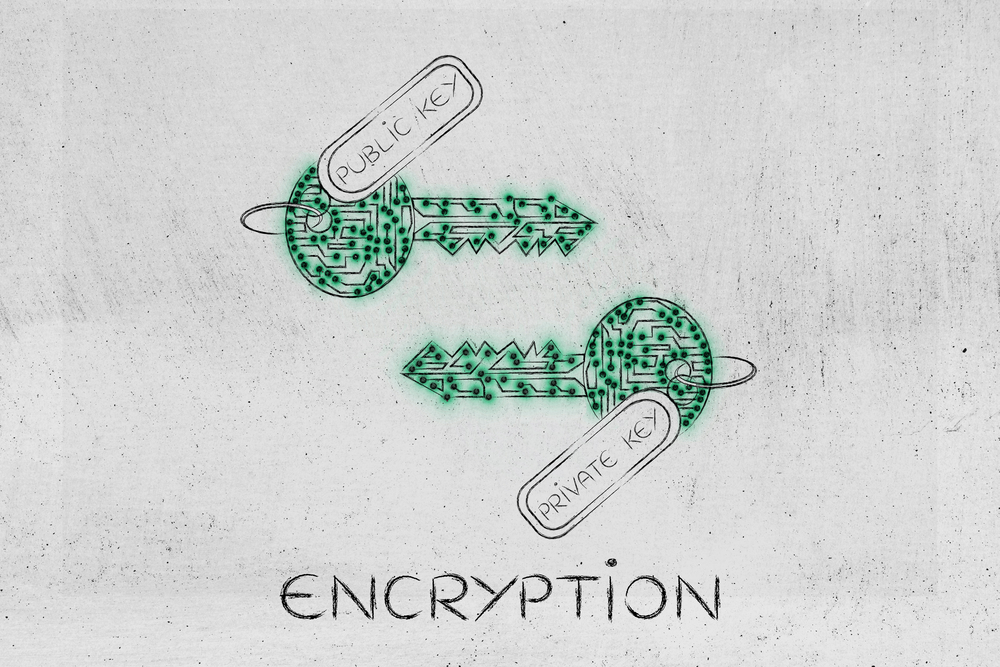Public and private keys are critical building elements of safe transactions in the crypto world.
The cryptographic instruments existed long before the invention of digital currencies, with their existence being linked to the public key cryptography (PKC) theory.
In cryptocurrencies, a private key is a digital signature that permits the expenditure or transfer of an asset, while a public key eases crypto’s receipt. A public key resembles a bank account number and is openly distributed. A private key is a secret utilized to authorize and create ownership.
The cryptographic pairing is blockchain technology’s bass and ensures the integrity and security of digital asset transactions. People navigating the crypto realm should understand the differences between the keys and their origins.
Public and Private Keys’ Origin
The crypto field unveils the concept of public and private keys. The 1970s witnessed the initial extensive unveiling of the modern PKC concept. In 1976, Whitfield Diffie and Martin Hellman presented the idea in their seminal work ‘New Directions in Cryptography.’
In 1977, Adi Shamir, Ronald Rivet, and Leonard Adleman developed the RSA algorithm following the publication of Hellman and Diffie’s work. The algorithm is still commonly utilized and was initially utilized for digital encryption and document signatures.
Elliptic curve cryptography (ECC) and other asymmetrical critical methods were developed following these developments, enhancing security and efficacy. Private and public keys are utilized in all crypto transactions, ensuring safe and decentralized value transfers.
Public Key Explained
A public key is critical in asymmetric cryptography, which utilizes private and public keys. The private key can be utilized to decrypt data encrypted using the public key, and vice versa, since the keys are mathematically associated.
The private key’s owner can decrypt communications encrypted using the public key, ensuring safe communication. Besides, those accessing the public key can verify digital signatures created using the private key, promoting the communication’s authenticity and integrity.
A public key is critical to protecting crypto transactions and ensuring the integrity of the blockchain. A public and private key pair is created when a user creates a crypto wallet. Crypto receipt entails the conversion of a public key into a public address.
Private Key Explained
A private key permits owners to decrypt messages intended for them and create digital signatures. The private key-generated digital signatures can be confirmed using the private key.
The private key should be kept private for security because an unauthorized person could decrypt critical information when compromised.
The private key is also utilized to sign transactions, ensuring they have not been changed and verifying authorization by wallet owners. Further, the private key should be secured at all times.
Algorithms such as the elliptic curve digital signature algorithm (ECDSA) are used to generate key pairs. The methods enhance safety and are almost impossible to differentiate from each other.
Safeguarding a Crypto Wallet’s Private Keys
Users mainly depend on seed phrases (mnemonics) to safeguard private keys. A seed phrase is a human-readable pattern of words that encodes the private key.
The creation of hierarchical deterministic (HD) wallets has considerably enhanced the security and management of crypto wallets. Bitcoin Improvement Proposal 39 has standardized the development and application of seed phrases.
Let AI do the heavy lifting – Finance Legend is your all-in-one solution for profitable and risk-averse crypto trading.
